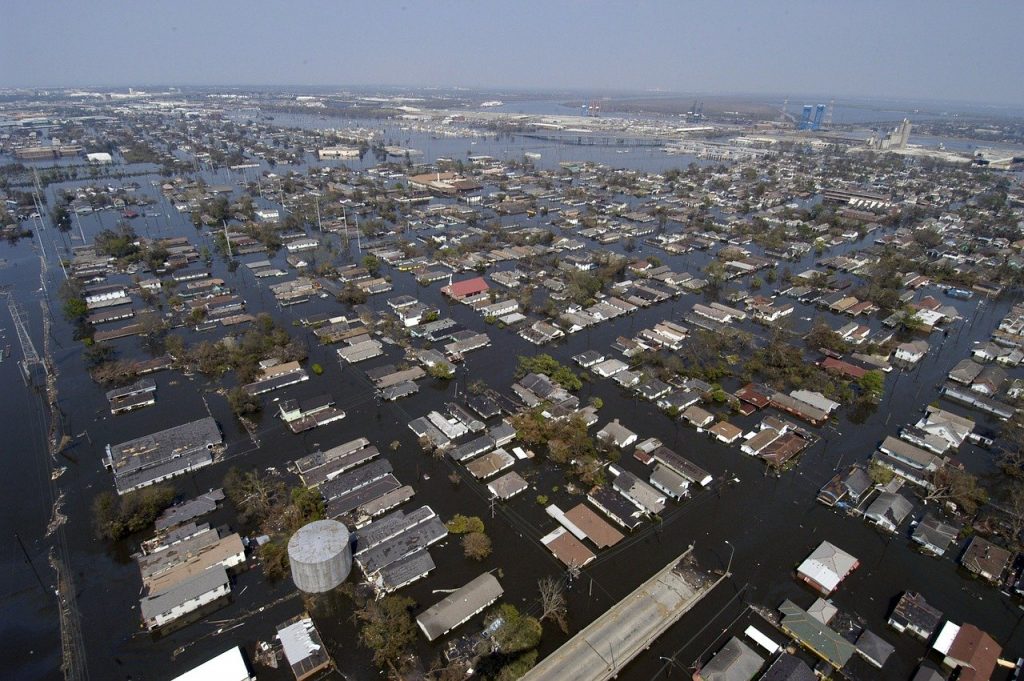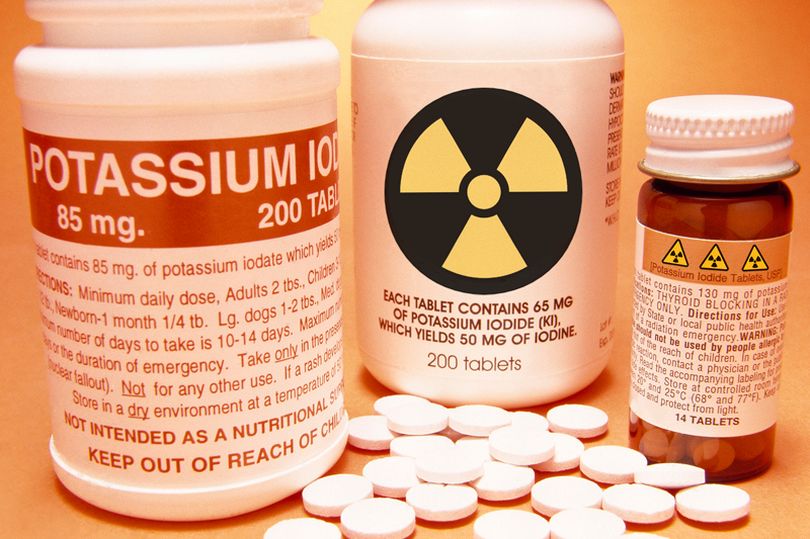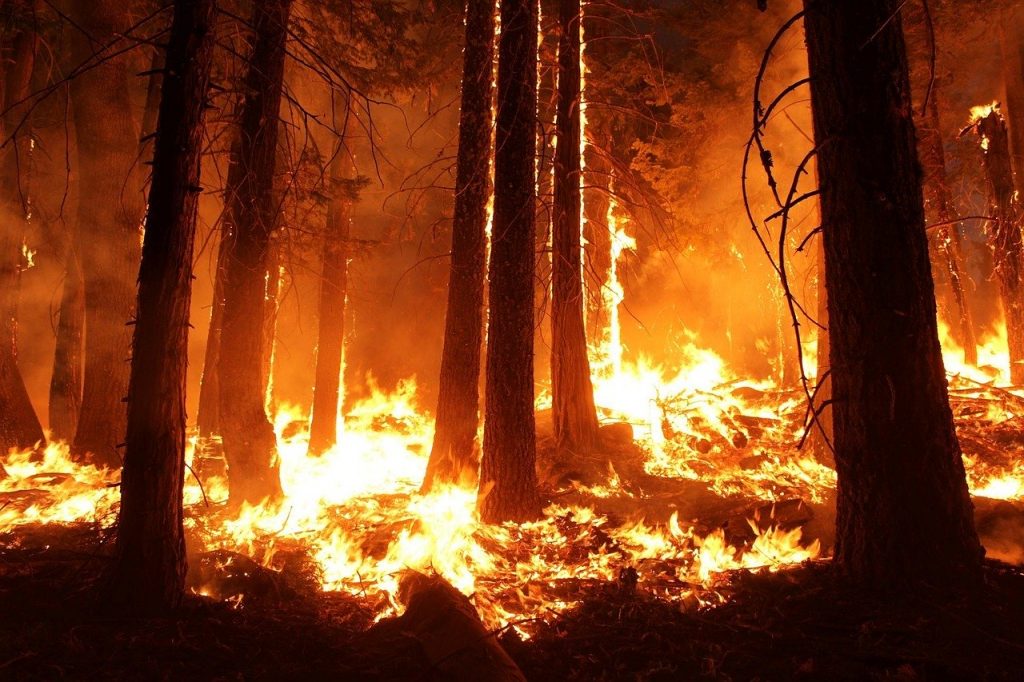Why the risk of climate chaos is accelerating
We have known for a long time that climate change is going to increase the risk of extreme weather events. Lately, there have been some worrying developments.
In late spring and summer 2020, the Arctic has experienced an extreme heatwave. This could kick-off several devastating feedback loops that will accelerate global warming to unprecedented levels.
Quickly melting icecaps mean that less white surface area can reflect the sun’s heat. Dark blue ocean water absorbs a lot more heat than shiny white ice does! This feedback loop is called the Albedo-effect.
Meanwhile in Siberia, the worst wildfires in Siberian history have emitted huge amounts of CO2 and black soot, worsening the situation.
High levels of methane in the atmosphere over the Arctic hint to an increased thawing of permafrost soil. Over a period of 100 years, methane has 28 times higher global warming potential than CO2. For several decades, it is much worse than that, further heating up the Arctic.
You probably get the idea of what feedback loops are by now.
The disproportionately strong warming of the Arctic weakens the jet streams. Those airstreams are a result of temperature differences between the poles and the equator. They are essential for the weather, as we know it.
The risk is very high that this year’s extremely hot Arctic summer will cause extreme weather events in the Northern hemisphere soon.
Let’s take this as an incentive to look at the 5 biggest imminent threats from climate change and how to prepare for them.
The 5 biggest climate change threats you could be facing at anytime
5 – Flooding
Besides strong earthquakes, severe floodings are the worst natural disasters in human history.
Flooding can occur near the coastline due to seawater being pushed back into rivers and over dams but also everywhere else when heavy precipitation overwhelms the ground’s capability to absorb water or in urban areas when the sewage system is overwhelmed and cannot drain the water quickly enough.
Flooding is very dangerous for various reasons. It can destroy roads, bridges, and houses and cut off entire areas and cities. Usually, this goes along with blackouts and potential contamination of tab water.

In 2005, hurricane Katrina caught many people in New Orleans unprepared, causing more than 1,500 deaths and causing over 125 billion $ damage. In the aftermath of the disaster, thousands of people were cut-off from utilities and supplies for weeks.
During the summer of 2020, large parts of Asia – especially China – are experiencing some of the worst floodings in history. In the Chinese province of Szechuan alone, 500,000 people had to evacuate. The flooding destroyed around 1 million acres of crops so far and damaged another 5 million acres to various degrees.
(https://www.npr.org/2020/08/09/899784094/roads-become-rivers-nearly-4-million-chinese-evacuated-or-displaced-from-floodin)
How to prepare
- Inform yourself at local officials responsible for flood management about the risk in your area
- Keep drainage systems and gutters clean and free of debris
- Have sandbags ready and fill them in time to block of the lowest entry points to your house
- Have a decent sump pump and power generator to pump out water
- Move to an upper story in your building and have supplies for several weeks ready to be able to sit out the flood
4 – Nuclear Power Plants Meltdown
When a nuclear power plant is at risk of overheating, we can stop the nuclear fission almost immediately by dropping the fuel rods in boracic water.
This immediately reduces the heat production by 93%. After one day, 0.6% remains. After several months, heat production is down to about 0.2%.
This sounds like a small number, right? Wrong. It means that we must dissipate several thousand Kilowatts of heat for months and years after the initial shutdown!
This requires a functioning infrastructure of pumps, valves, pipes, and cooling units as well as access to cool river or seawater.
This could become a huge problem if climate change chaos induces a collapse of supply chains or civil unrest.
If cooling fails the fuel rods begin to melt, releasing large amounts of radioactive material and hydrogen gas.
After a while, technicians and engineers need to release pressure from the reactor building, releasing radioactive material into the environment.
If temperatures continue to rise and explosive hydrogen gas builds up it is very likely that an explosion will destroy the reactor building at some point.
Consequently, highly radioactive material is emitted directly into the environment, continuously causing contaminations wherever the winds blow it.
Considering that there are 440 active nuclear power plants on this planet with another 50 currently being built, this could potentially contaminate the entire world.
How to prepare:
- Get familiar with the concept of strategic relocation. Don’t be where nuclear power plants are! Depending on winds, radioactive materials can reach any location on earth, but the risk is much higher in areas with many nuclear power plants.
- This is especially true if the area is at risk from earthquakes or near the coastline.
- Store iodine tablets for the entire family. Radioactive iodine isotopes can accumulate in the thyroid, causing long-lasting internal radiation damage. Iodine tablets saturate the thyroid with non-radioactive iodine.
- Radiation is invisible. Consider getting a Geiger counter to be aware of contaminated areas.
- Seek shelter underground from immediate fallout. The more material between you and the environment the better!
- Wear heavy clothing when you have to go outdoors during immediate fallout or in a contaminated area (protects against alpha-radiation).
- Consider getting a gasmask with NBC-filters to keep out radioactive particles. This will come in handy if you have to move through a contaminated area.

3 – Lethal Wet-Bulb Temperatures
What is wet-bulb temperature? This is important to understand the dangers of high wet-bulb-temperatures.
I go into more detail on this topic in my blog post about lethal wet-bulb-temperatures.
In short: wet-bulb-temperature is the coolest possible temperature that we can reach by evaporating water.
This is essential for humans because we rely upon this cooling-mechanism in high temperatures when we cool down by sweating.
The worse the combination of heat and high humidity the harder it is for our body to maintain a cool enough temperature to function properly.
At one point, our bodies become unable to cool down and we suffer from heatstroke when being physically active outdoors.
In the near future, areas close to the equator will experience more and more days with dangerous wet-bulb temperatures.
This will heavily impact society as things like construction work and conventional farming become impossible
In extreme conditions, people will die regardless of whether they are active or not.
Simply being outside of air-conditioned rooms will be deadly.

How to prepare:
- You could, of course, try and build a self-sufficient, air-conditioned home BUT most likely, things will get really bad in those areas so strategic relocation is honestly your only option.
- I know this concept is hard to accept but if you live in an area where it’s already extremely hot and humid, you have no choice but to move.
I can only advise you to plan your relocation NOW before everyone else does.
2 – Wildfires
We have all watched in shock the devastating bushfire season 2019/2020 in Australia.
The fires destroyed more than 46 million acres of land and over 5,900 buildings.
At least 34 people and countless animals lost their lives.
Climate-change induced stationary weather patterns lead to extended dry-periods, increasing the frequency and intensity of wildfire seasons everywhere.
If you live in an area like California or Australia, the situation is not going to get better miraculously.
While climate change is not the only factor influencing the severity of wildfires, it’s only going to get worse from now.
Wildfire dangers include not only the fires itself but also the toxic smoke and gasses. Those can harm and kill people from miles away.
The fires also emit large amounts of CO2 into the atmosphere, worsening global warming as one of many feedback loops.

How to prepare:
- As I mentioned before: strategically relocate if your home is an area that is already prone to wildfires.
- Clear your property of all trees within a 100 meters radius of your house.
- Use fire retardant building materials. Brick and mortar are better than wood sheets!
- Build your house as airtight as possible. Modern houses are usually already built that way to meet high energy standards.
- Fit your ventilating system with appropriate filters to filter out large amounts of smoke and have a way to shut it completely to keep out smoke and toxic gasses.
- Consider storing compressed air in your house to create an overpressure that will help to keep out smoke while the fire is in your immediate vicinity.
1 – Food Shortages
Most of us live in a situation where food is omnipresent around us.
Let’s be honest: for a majority of us, it’s a greater challenge to stay away from food than getting enough of it.
What most people don’t know: our highly industrialized agriculture is extremely fragile.
Heavy rainfall or droughts can cause large-scale crop failures.
On top of that, certain pests and bugs can spread to new regions thanks to global warming. This leads to new challenges for local farmers.
Furthermore, industrialized agriculture is impossible without a lot of technology, machinery, and chemistry. All of those depend on a large and fragile supply chain.
An interruption at any point within this chain can have negative consequences on food production.
In 2020, large parts of Asia have been hit by severe flooding, destroying millions of acres of crops.
In Iowa in the US, a severe Derecho storm destroyed 10 million acres.
England’s wheat production is 40% below average and in France, an ongoing drought also caused a bad wheat harvest.
On top of all of that, the Covid19 pandemic negatively affected supply chains all over the world.
This could be enough to cause rising food prices or even food shortages by the end of 2020.
The risk of large-scale crop failures increases every year and it’s just a matter of time before it happens!
How to prepare:
- Firstly: Become a food producer and grow your food!
- Growing your own food will become essential in the future. Everyone has to become a food producer to some extent for society to adapt to climate change.
- BUT there is one big catch:
Many preparedness-minded people believe that a vegetable garden will save them while all around them crops fail.
This is a misconception!
Chances are that whatever it is that causes global food shortages will also affect your crops!
It’s naïve to believe that droughts, floods, or wildfires will miraculously spare your garden.
- When growing our own food we have to transition to controlled environments.
- Vertical hydroponic or aquaponic gardening in a controlled environment is the future of food production! This way, we can grow food much more efficiently and we can do so in a greenhouse, old warehouses, or even containers, completely isolated from the environment.
- Read my post about the Basics of Aquaponic Farming to learn more.
- The second essential pillar of preparing against food shortages is to store lots of food.
- For short-term crises, it may be sufficient to have food stored for 2-4 weeks.
- If we are talking about global food shortages though, we have to consider a much, much longer period we need to bridge. Namely until the next harvest. The following year!
- The only limit to how much food you should store is really just how much you are willing and able to store.
- Using a good rotation system alone can provide you with several months’ worth of food.
- You can always extend that by storing grains and beans in vacuum-sealed mylar bags which will extend the shelf life to several decades!
- Food is most likely never going be cheaper than it is now!
- Watch my video on mylar food storage and download the free mylar food storage guide below!

What’s next?
Only time will tell how the coming climate change chaos will play out. It’s important to stay flexible and adapt to whatever comes.
I hope you found this list helpful. At least it should have given you something to think about.
This is just my personal opinion on what I conceive to be the 5 biggest imminent threats.
Let me know what you think in the comments and take action.
Follow us on Facebook, join the Facebook group, and subscribe to our YouTube channel!

